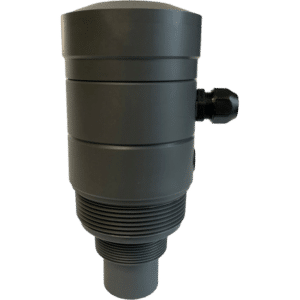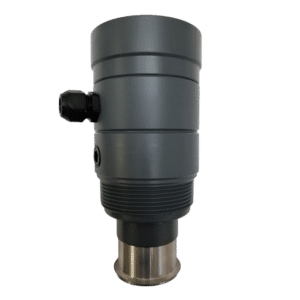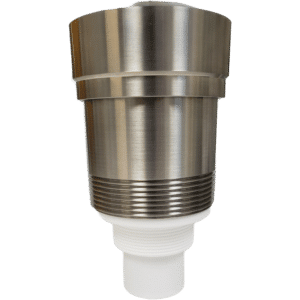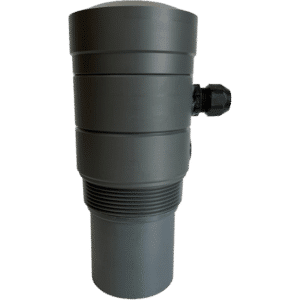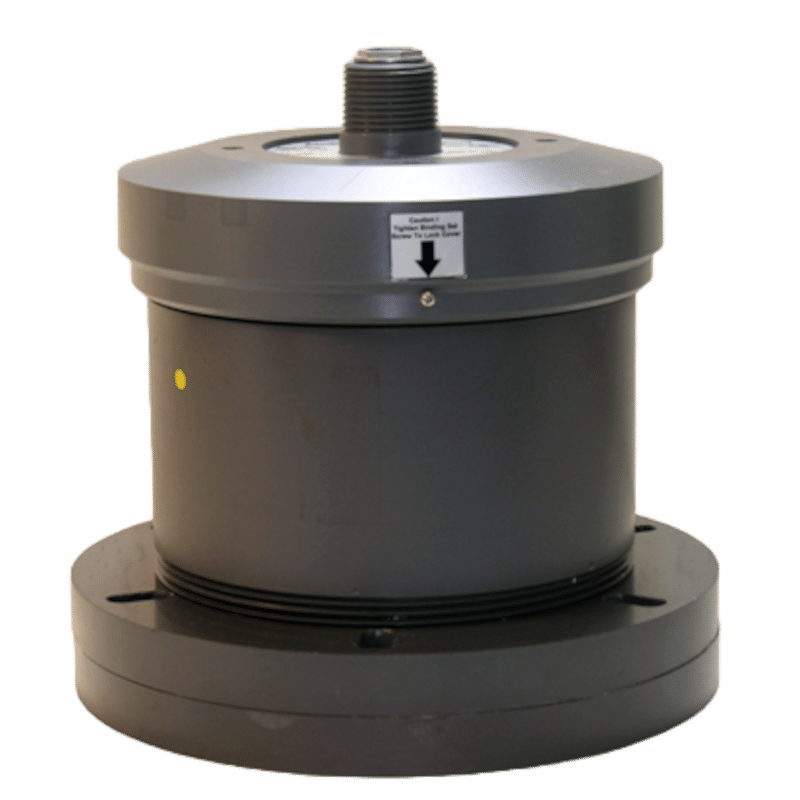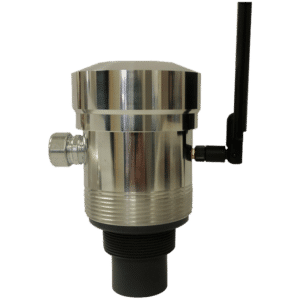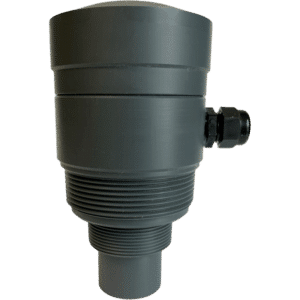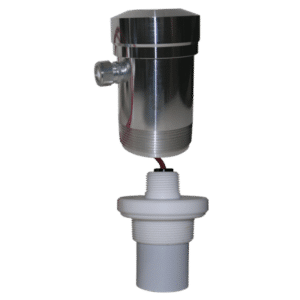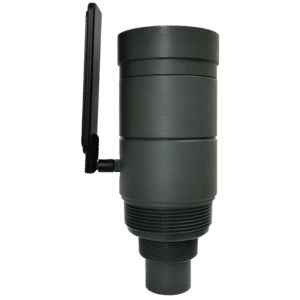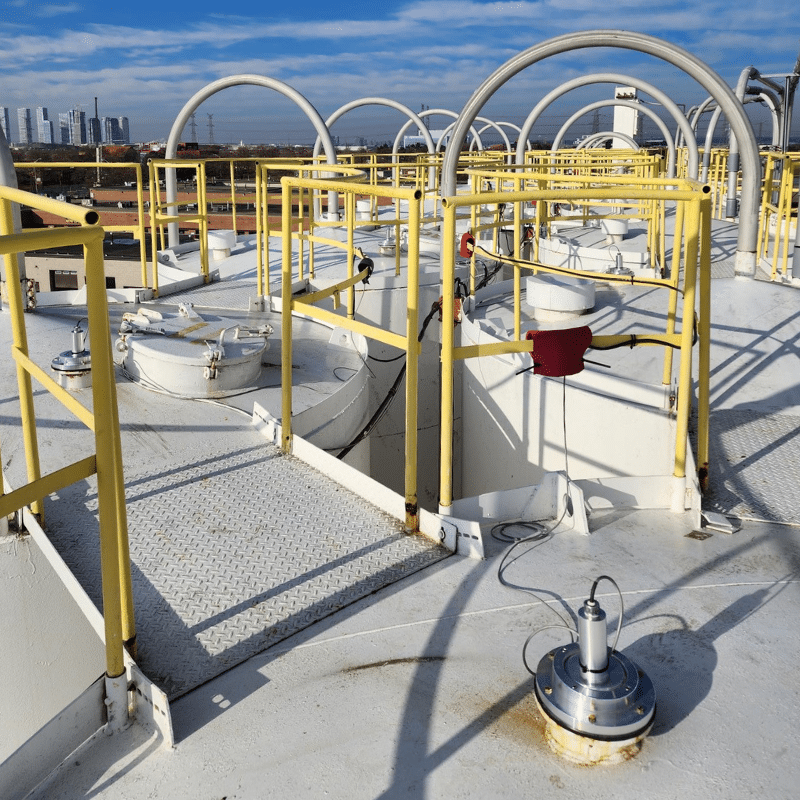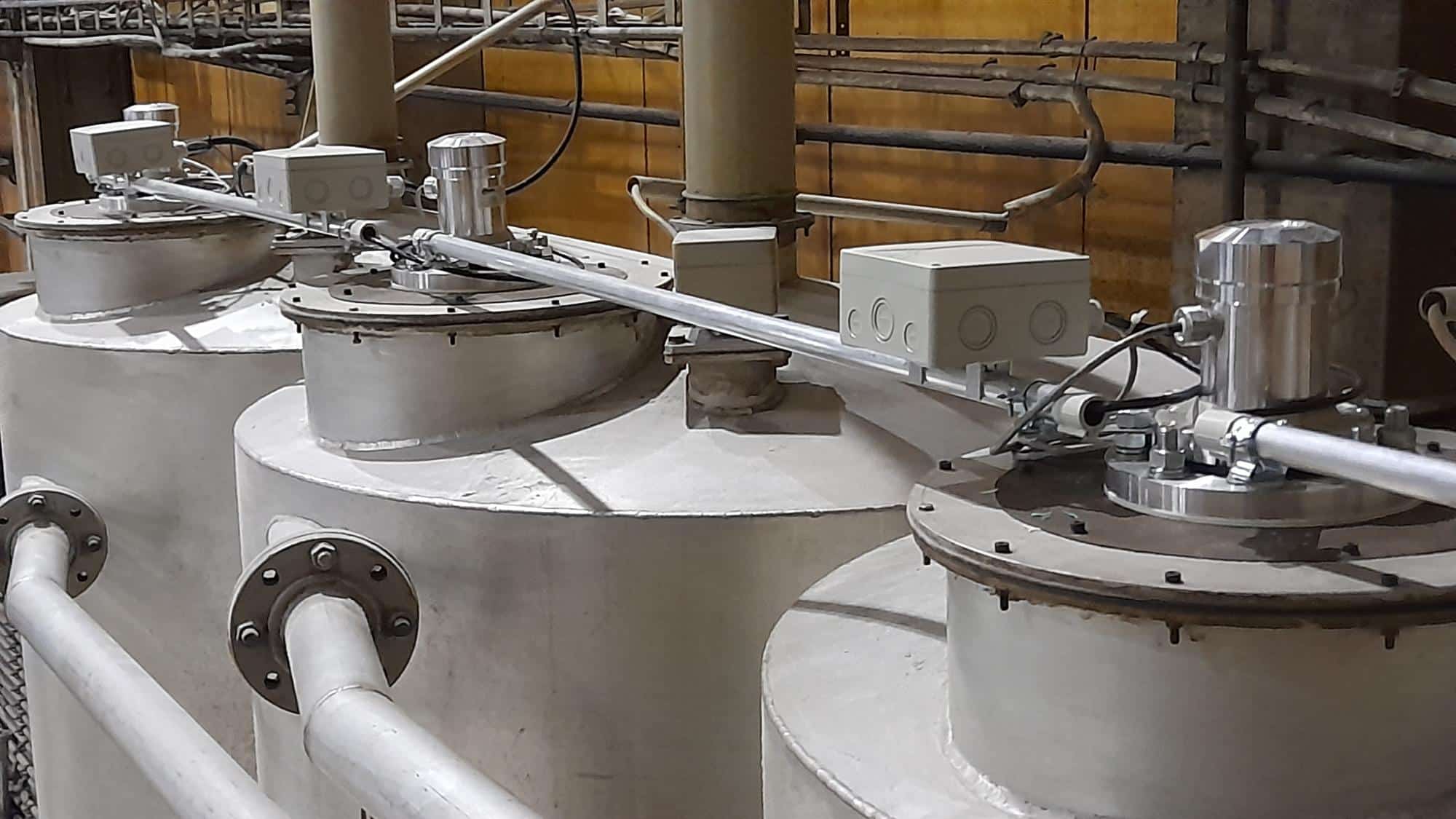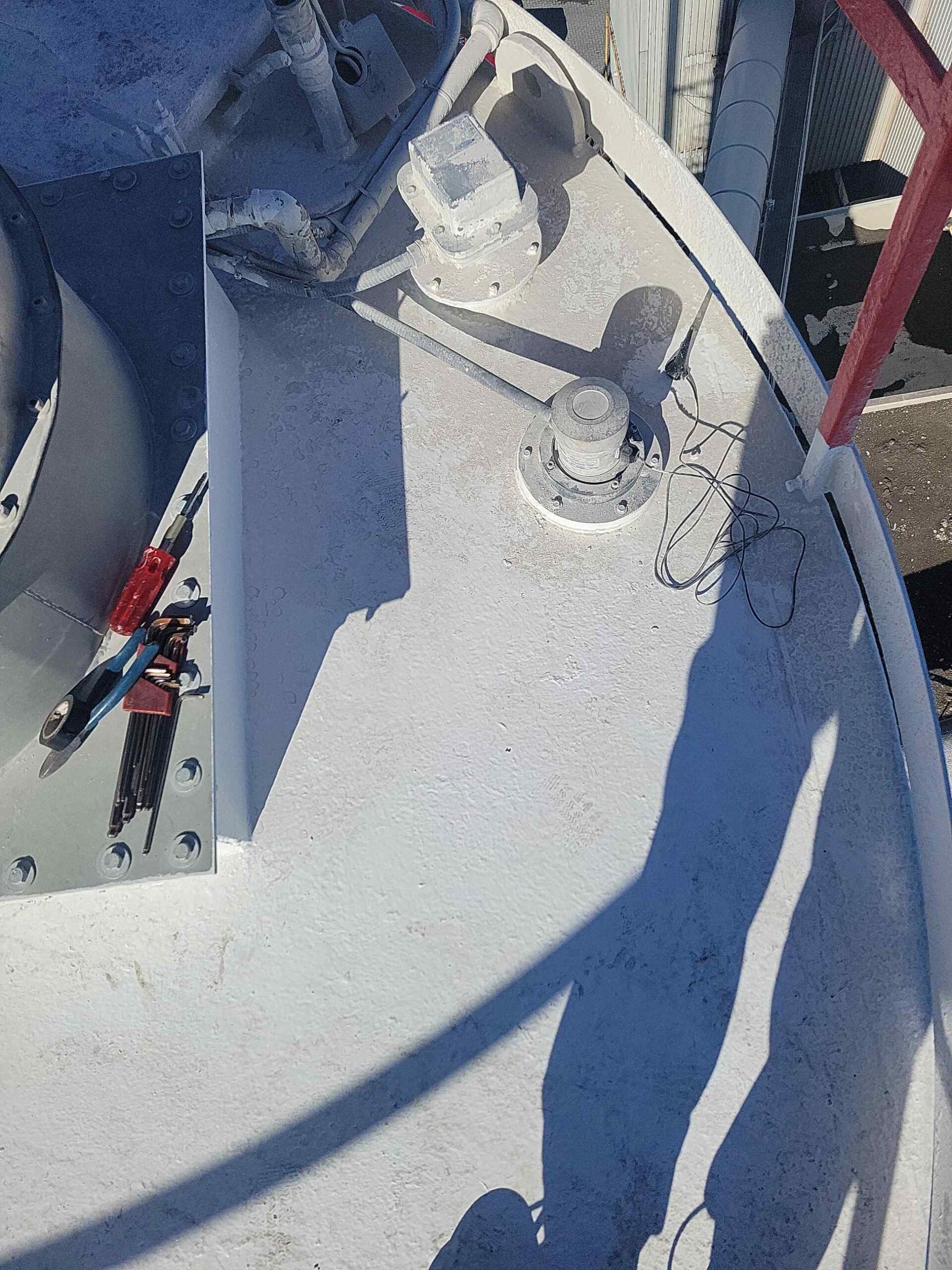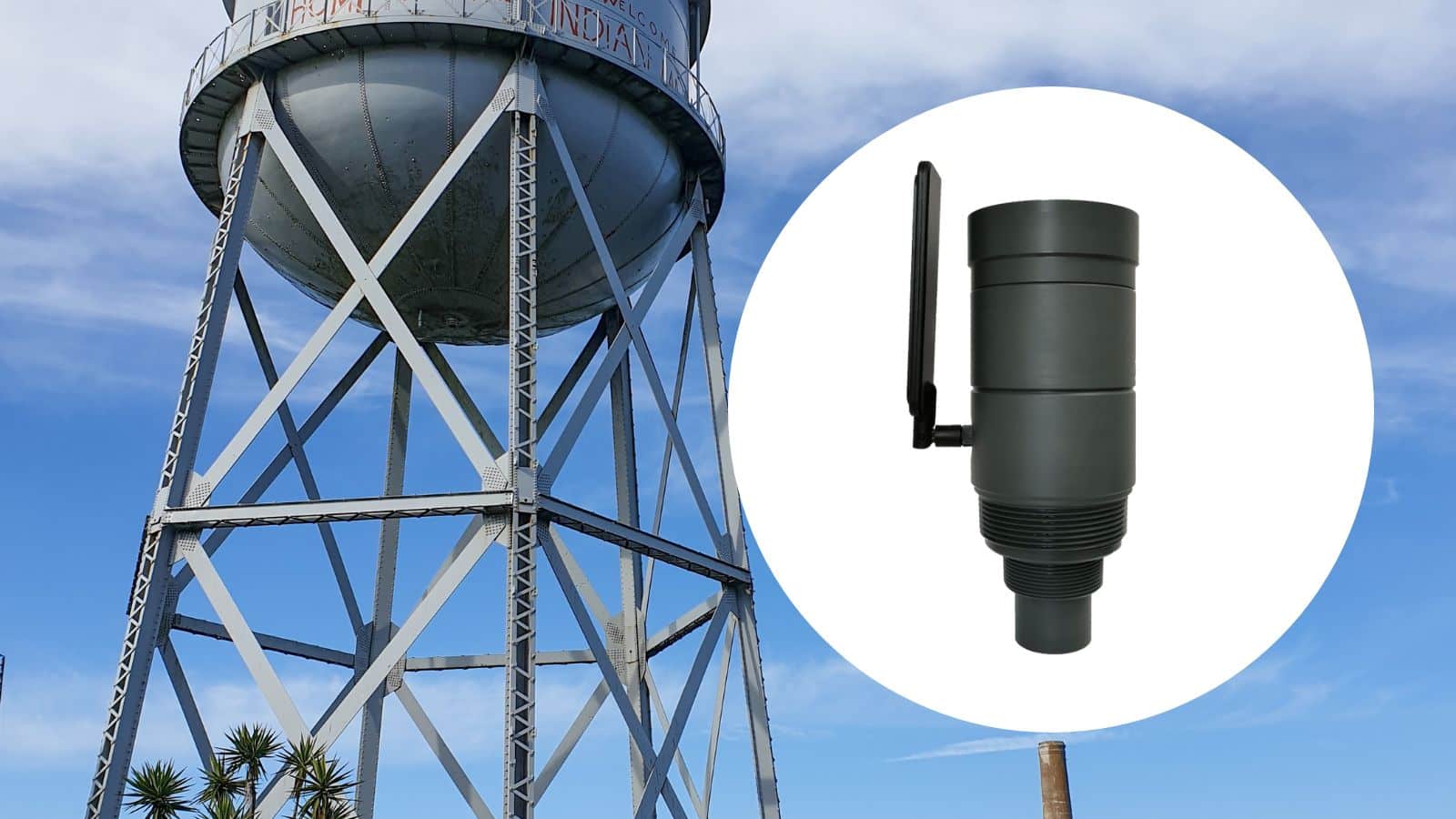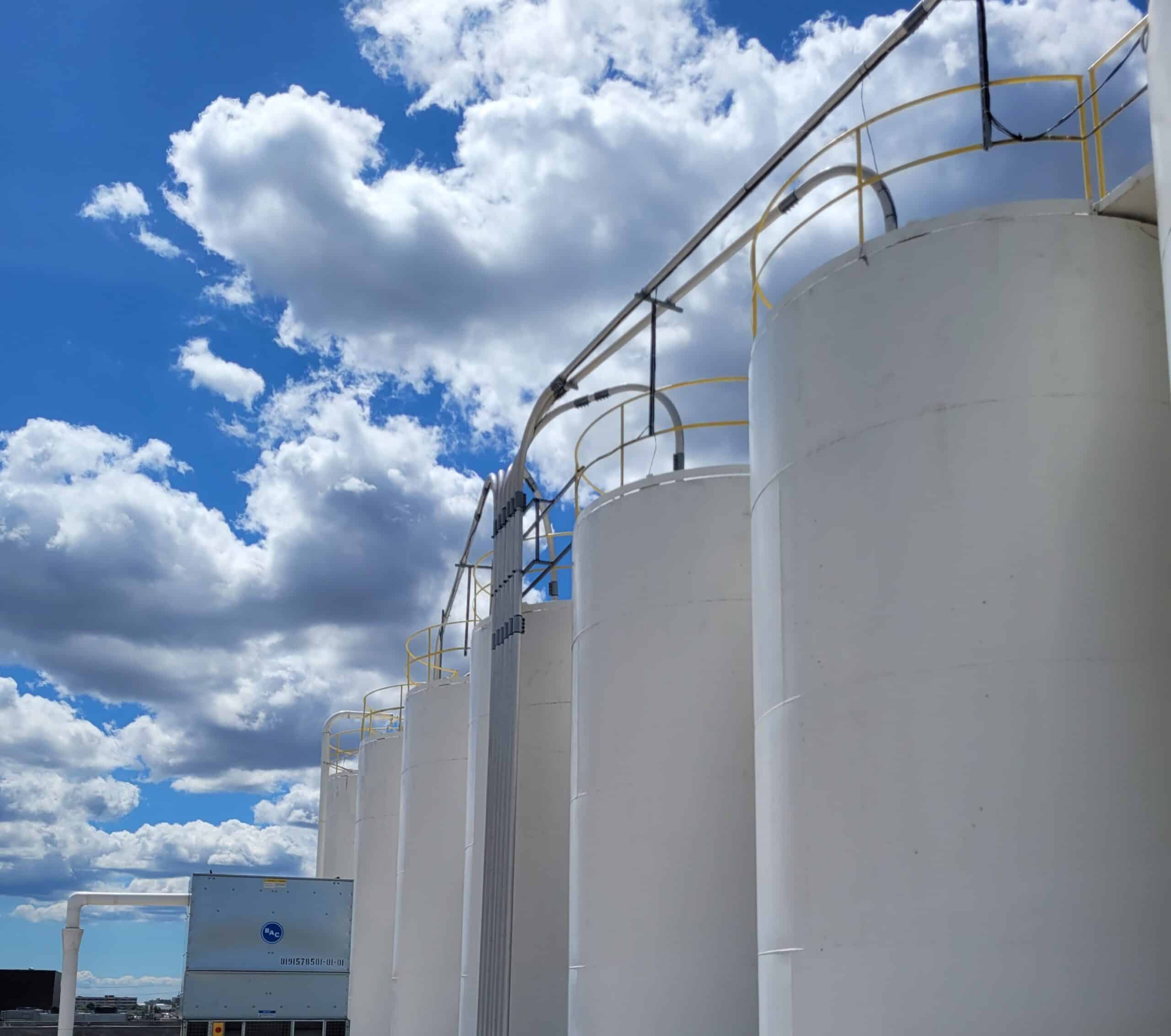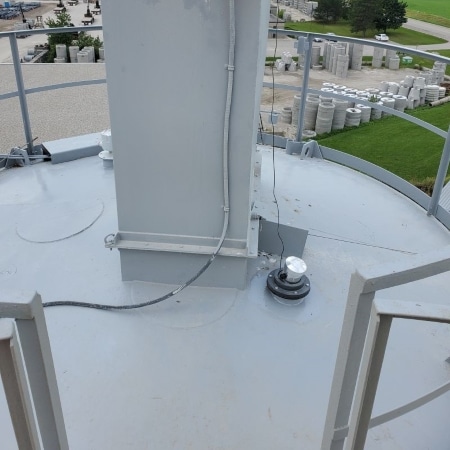Ultrasonic Level Sensors
Continuous level measurement in liquids and solids with non-contact ultrasonic level sensor
Ultrasonic level sensors are ideal for continuous level measurement of liquids and solids in environments without gases or vapours. ABM’s non-contact ultrasonic level sensors are plug-and-play, maintenance-free and backed with full customer support to ensure long-term successful operation in the field.
-
Liquid Ultrasonic Level Sensor UL-LIQ
Level Sensors -
Sanitary Ultrasonic Level Sensor UL-SAN
Level Sensors -
High Temperature Ultrasonic Level Sensor UL-HT
Level Sensors -
Solids Ultrasonic Level Sensor UL-SLD
Level Sensors -
Remote Ultrasonic Level Sensor UL-RM
Level Sensors -
Fast Response Ultrasonic Level Sensor UL-FR
Level Sensors -
Ultrasonic Transmitter with Remote Transducer UL-RT
Level Sensors -
Wireless Remote Ultrasonic Level Sensor UL-RMB
Level Sensors
Continuous Level Measurement: Sensor Selection
We offers various level sensors to meet the demands of your application. Use our product configurator or submit the level application form – our trained engineers with over 40 years of experience are here to support you.

Ultrasonic Working Principle
An ultrasonic pulse is transmitted from the sensor. The pulse travels to the surface being monitored and is reflected off the surface back to the sensor. The time-of-flight is divided by 2, corrected with temperature and converted to an output signal directly proportional to the material level.
ABM’s non-contact ultrasonic level sensors have feedback with the environment. The self-adjusting sensors continually monitor conditions in the environment and automatically adjust the transmitted energy, transmitted pulse amplitude and it’s duration, and receiver sensitivity to match to the current tank conditions. This technique allows the receiver to detect only one echo from the measured media while all false echoes are pushed under the noise level and eliminated.
Benefits
- Maintenance-free due to self-cleaning and non-contact operation. No build-up or condensation on the transducer face
- Accurate and reliable measurements with self-adjusting technology. False echoes from ladders, partitions, cross-beams, pipes, or build-ups are eliminated
- Works on liquid and solid materials, in high temperature processes, sanitary processes, very high chemical resistance and more
- Optional remote monitoring and full remote sensor control for set up, calibration, diagnostic and troubleshooting using cellular network
- Plug-and-play installation with simple push-button calibration
Applications and Case Studies
Specification Sheets
Solid Materials
| Ultrasonic Level Sensor (Optional Cellular Modem) | |
| 3 & 4 wire Self Compensating Ultrasonic |
Sanitary / Hygienic Sensors
| Sanitary Ultrasonic Specifications |
Transmitters with Detached Transducer
| Self Compensating Ultrasonic with Remote Transducers |
